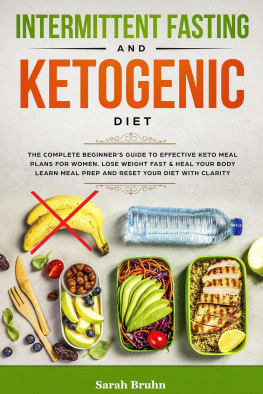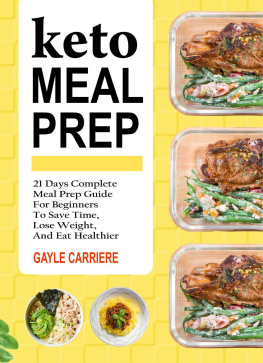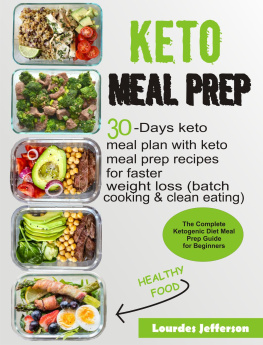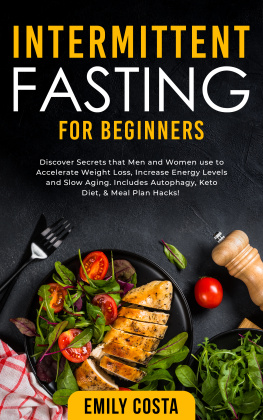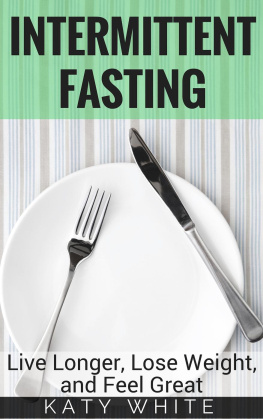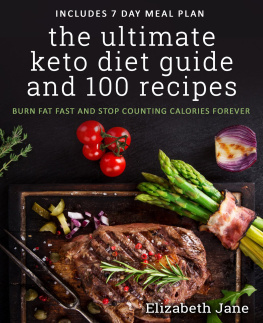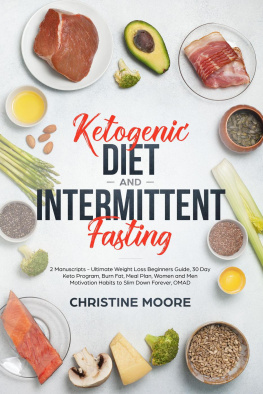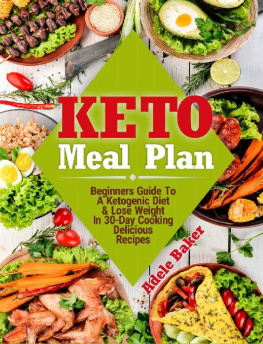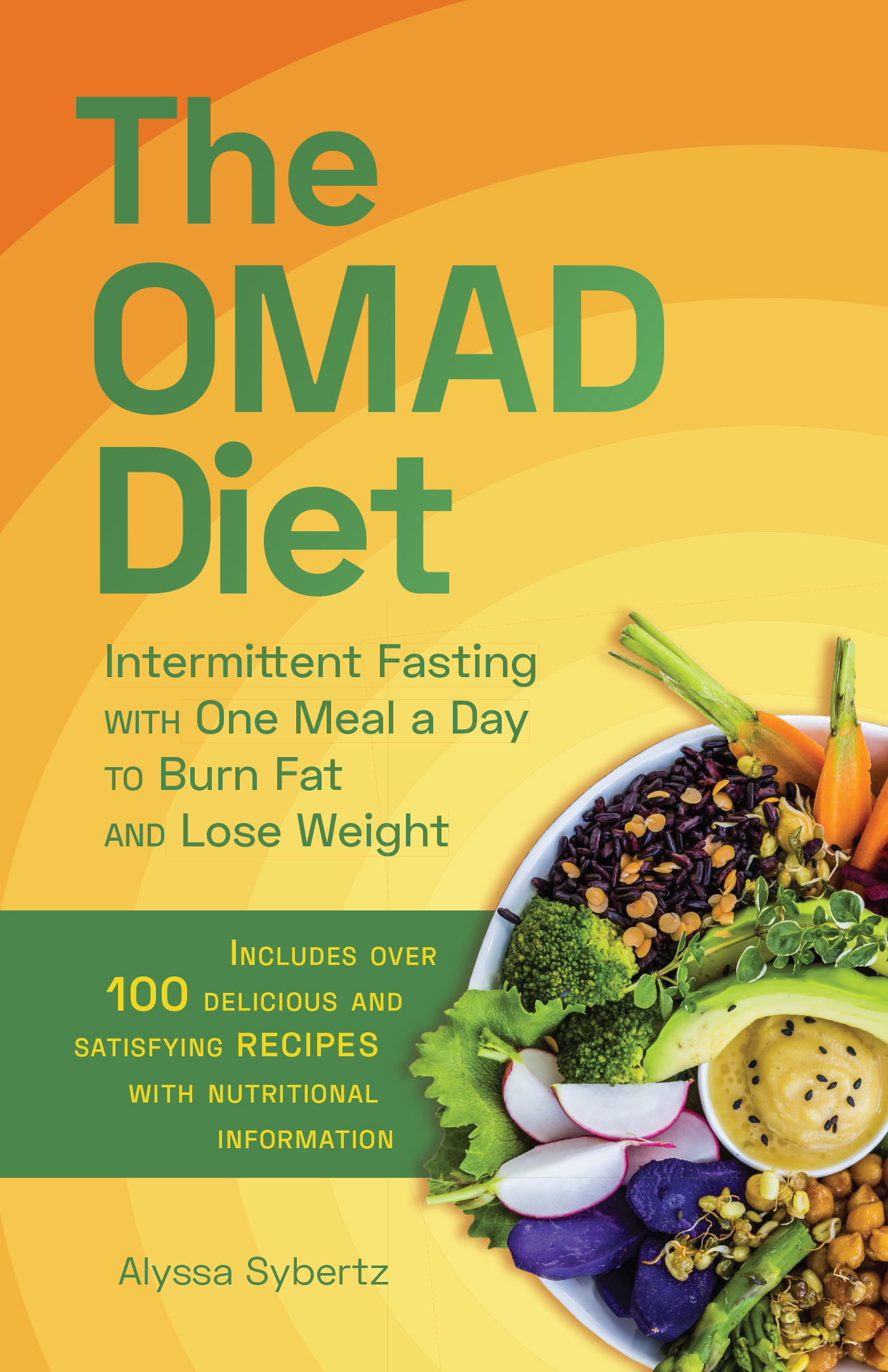Contents
Guide
Text copyright 2020 Alyssa Sybertz. Design and concept copyright 2020 Ulysses Press and its licensors. All rights reserved. Any unauthorized duplication in whole or in part or dissemination of this edition by any means (including but not limited to photocopying, electronic devices, digital versions, and the internet) will be prosecuted to the fullest extent of the law.
Published in the United States by:
Ulysses Press
P.O. Box 3440
Berkeley, CA 94703
www.ulyssespress.com
ISBN: 978-1-64604-030-8
ISBN: 978-1-64604-115-2 (ebook)
Library of Congress Catalog Number: 2020931883
Acquisitions editor: Casie Vogel
Managing editor: Claire Chun
Editor: Renee Rutledge
Proofreader: Kate St.Clair
Front cover design: David Hastings
Cover photo: Davide Foti/Unsplash
Interior design: what!design @ whatweb.com
NOTE TO READERS: This book has been written and published strictly for informational and educational purposes only. It is not intended to serve as medical advice or to be any form of medical treatment. You should always consult your physician before altering or changing any aspect of your medical treatment and/or undertaking a diet regimen, including the guidelines as described in this book. Do not stop or change any prescription medications without the guidance and advice of your physician. Any use of the information in this book is made on the readers good judgment after consulting with his or her physician and is the readers sole responsibility. This book is not intended to diagnose or treat any medical condition and is not a substitute for a physician. This book is independently authored and published and no sponsorship or endorsement of this book by, and no affiliation with, any trademarked brands or other products mentioned within is claimed or suggested. All trademarks that appear in this book belong to their respective owners and are used here for informational purposes only. The author and publisher encourage readers to patronize the quality brands mentioned in this book.
For everyone who has been frustrated or discouraged in their attempts to lose weight: success is in your future, I know it!
Introduction
The chorus of elated grunts grew louder. To watch the approaching throng, the women raised their heads above the bushes from which they were picking berries. The men were returning from the hunt, and it appeared they had been successful. A few of them dragged a large animal, perhaps a giant elk or even a woolly rhinoceros, nearer and nearer to where the women were gathered. Relief washed over them; finally, meat! After days, possibly weeks, of subsisting on tiny, tart fruits and tough root vegetables, they would eat their fill of energizing protein that night.
There has been plenty of debate over the types of foods our hunter-gatherer ancestors ate during the Paleolithic Period, and it is impossible to define one Paleolithic diet. The Hiwi people of Colombia and Venezuela ate primarily meat and fish, with 5% of their diet coming from fruits and vegetables, while the! Kung people of southern Africa enjoyed a diet made up of 60% nuts and seeds and only 10% meat and fish (both tribes continue to eat this way today). But regardless of the differences in what they ate, there is a general agreement around how hunter-gatherers ate. Indeed, it is in their name: they survived by hunting, fishing, scavenging, and gathering. Due to their inability to produce food on their own, hunter-gatherers were entirely dependent on the abundance of game, fish, fruit, and/or plants in their region. If the weather changed abruptly and the plants perished or they were unable to make a kill, they would be forced to go without food. There was never any certainty around when or what the next meal would be. When food was plentiful, the Paleolithic people ate their fill. And when it was not, they fasted.
But even as agricultural practices evolved and grew, humans did not immediately begin eating three meals per day. The ancient Romans are believed to have enjoyed their largest (and sometimes only) meal in the afternoon or early evening, followed by a light supper before bed. Breakfast, for those who ate it, was often just a small bit of bread.
Needless to say, the idea of eating three meals per day as a method of maintaining nourishment and fueling daily tasks did not evolve until thousands of years after the hunter-gatherers. In America particularly, the three-meal schedule only arose after the European settlers arrived. In fact, they held it up as an example of why they were more civilized than the Native Americans, who typically ate when they were hungry. Abigail Carroll, author of Three Squares: The Invention of the American Meal, has explained that the Europeans felt that putting boundaries and restrictions on when they ate separated them from animals, who grazed and ate sporadically throughout the day.
The three-meal schedule arose out of necessity after the Industrial Revolution and the development of the nine-to-five workday. People began eating before they left for work, during their midday break, and after they returned home because the workday schedule dictated it, not because their stomachs were crying out to be fed on the appointed hour each day. Being part of a modern civilization ripe with industry meant establishing patterns and norms for the modern workday, and that included an eating pattern.
The growth of industry also gave way to one of the primary causes of the rise in obesity over the last century, particularly over the last sixty years. According to economists from Harvard University, increased production of processed and mass-prepared foods since the 1960s has led to people spending less time preparing meals, as well as an increase in the quantity and variety of food available, resulting in an increase in average caloric intake for many Americans. Technological advances have also turned previously active jobs into more sedentary ones, simultaneously lowering caloric output. And obesity rates have risen accordingly, from 16% in 1971 to 30% in 1988 to 40% in 2016, according to the Centers for Disease Control and Prevention. At the same time, the risks of developing heart disease, high blood pressure, type 2 diabetes, osteoarthritis, and mental illness are rising. Yet Americans still continue to eat three meals per day.
Granted, many Americans eat and enjoy three meals every day and maintain a healthy weight. But nearly half of the population does not fall into this category, and cutting down from three meals a day to just one might be the change they need to lose weight and improve their health. And that is where this book comes in.
Part 1 of this book details the science behind fasting and eating one meal a day, what exactly is going on in the body at the cellular level when food isnt being provided every few hours, and the research that has been done on the benefits of this system. Youll be provided with the tools and information you need to put together a single meal that fulfills all the daily nutritional requirements for a healthy, happy adult. Part 1 will also go into the healthy practices you can and should be doing during the fifteen waking hours in which you arent enjoying your meal. This includes the foods and drinks that are allowed during your fasting period, as well as the best forms of exercise to complement eating just one meal a day. Throughout Part 1, youll also see success stories based on interviews with real people who have tried the OMAD diet and how it has helped them meet their personal health and weight loss goals.


